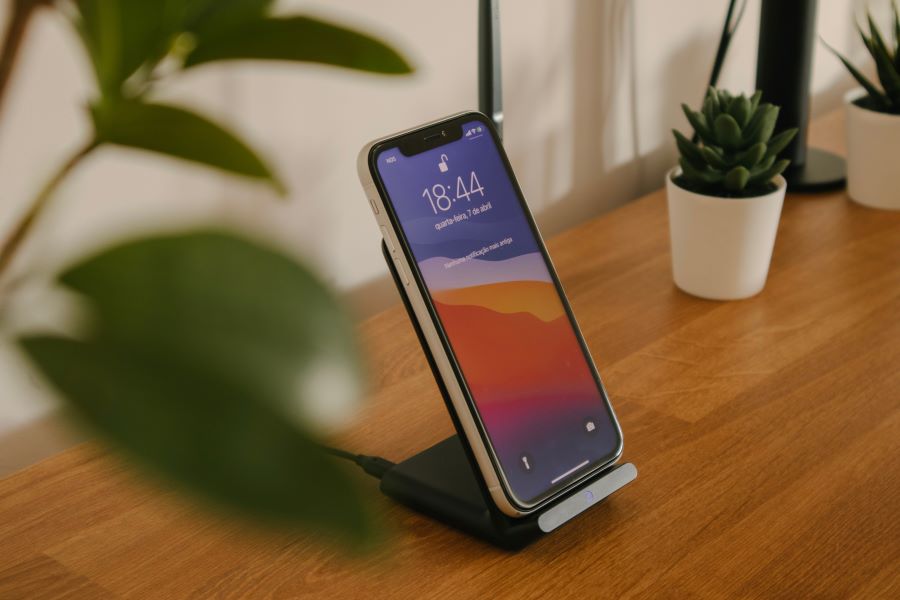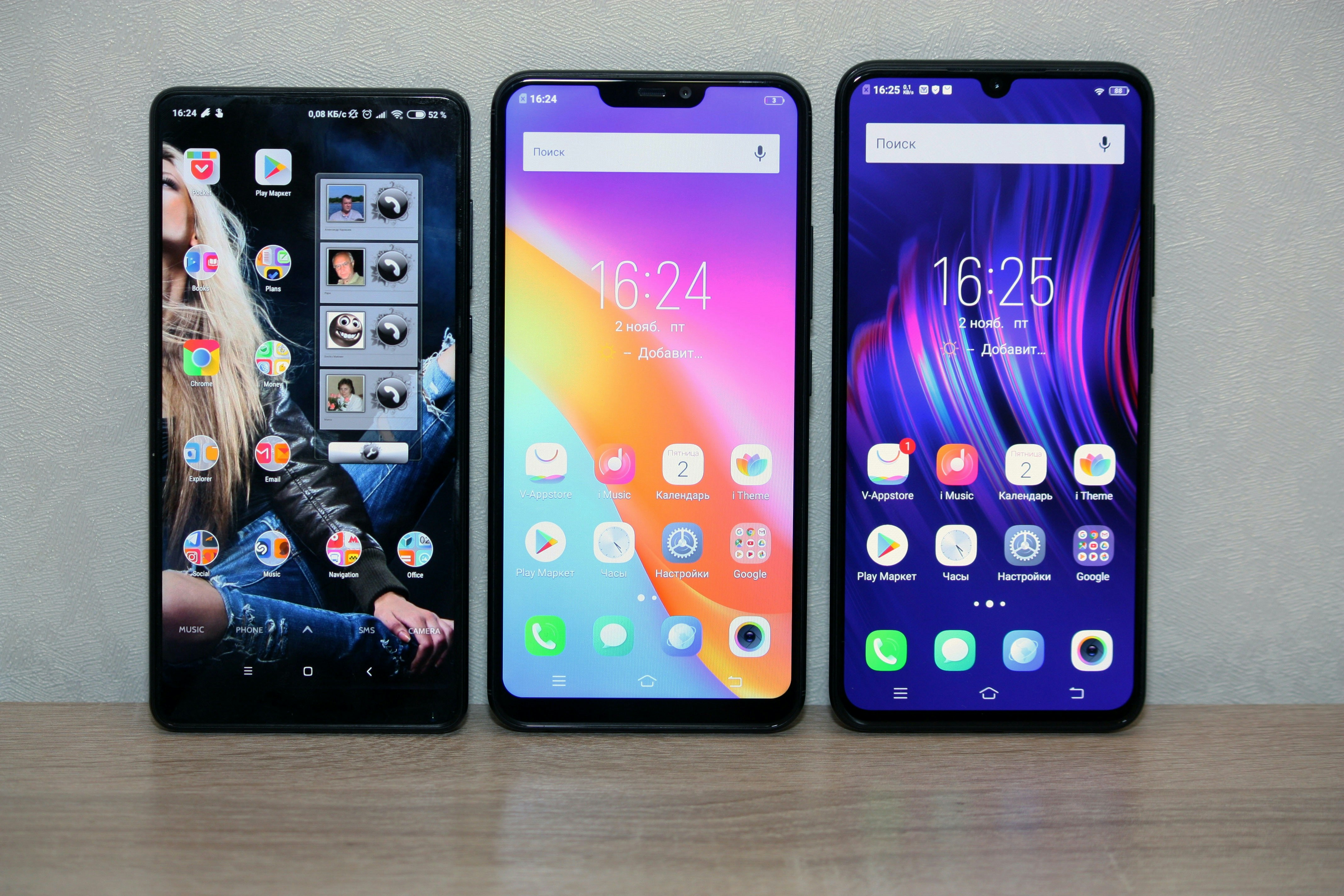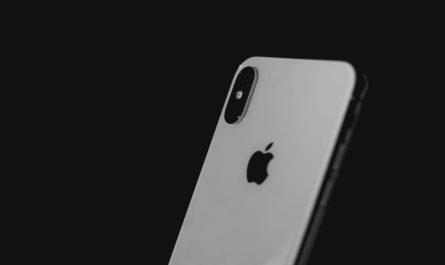The ability to seamlessly connect your Android phone to a Mac computer is essential for efficient data transfer and synchronization. While the two operating systems may seem distinct, there are several easy methods to establish a successful connection. If you’re also exploring those methods, read on!
In this article, we will explore five easy ways of connecting your Android phone to a Mac computer, allowing for hassle-free file transfers, media management, and even remote-control capabilities.
Buy Airtel Postpaid with exciting benefits!
5 Easy Ways to Connect Android to Mac
Method 1: Using Android File Transfer
Android File Transfer is a dedicated application developed by Google to facilitate file transfer between Android devices and Mac computers. Here’s a step-by-step guide for using Android File Transfer:
Step 1: Download Android File Transfer
Visit the official Android File Transfer website and click on the “Download Now” button to get the installation file.
Step 2: Install Android File Transfer
Locate the downloaded file in your “Downloads” folder and double-click on it to initiate the installation process. Follow the on-screen instructions to complete the installation.
Step 3: Enable USB Debugging on Your Android Phone
To enable file transfer over USB, you’ll need to enable USB debugging on your Android phone.
Step 4: Connect Your Android Phone to Your Mac
Now, connect your Android phone to your Mac using the original USB cable that came with your phone. Your Android phone will display a notification indicating it’s connected via USB for charging. Swipe down on the notification shade and select “File transfer” or “Transfer files.”
Step 5: Transfer Files
After connecting your Android phone to your Mac, the Android File Transfer application should open automatically. You can now browse your Android phone’s files on your Mac and drag and drop files between the two devices for easy data transfer. For this method, all you need is a good Wi-Fi connection.
Method 2: Bluetooth Connection
Bluetooth offers a wireless method to connect your Android phone to your Mac without the need for any additional software. Here’s how to do it:
Step 1: Enable Bluetooth on Both Devices
On your Android phone, go to “Settings” and find “Bluetooth.” Toggle it on. Similarly, on your Mac, click on the Apple logo in the top-left corner, select “System Preferences,” and then choose “Bluetooth.” Make sure Bluetooth is turned on.
Step 2: Pair Your Android Phone with Your Mac
On your Mac’s Bluetooth preferences, you should see your Android phone listed under “Devices.” Click on it to pair both devices. You may need to enter a passcode displayed on your Mac into your Android phone to complete the pairing process.
Step 3: Start File Transfer
Once the pairing is successful, you can start transferring files between your Android phone and Mac. On your Mac, find the Bluetooth icon in the menu bar, click on it, and select “Send File” or “Browse Device.” On your Android phone, you’ll receive a notification to accept the file transfer.
Method 3: Install AirDroid
AirDroid is a versatile application that enables seamless device mirroring, file transfer, and remote-control capabilities between Android phones and computers. Follow these steps to set up AirDroid:
Step 1: Download AirDroid on Your Android Phone
Visit the Google Play Store on your Android phone, search for “AirDroid,” and install the app.
Step 2: Create an AirDroid Account
Open the AirDroid app on your Android phone and sign up for a free account. Log in with your account credentials.
Step 3: Download AirDroid for Mac
Visit the official AirDroid website and download the AirDroid application for Mac.
Step 4: Install AirDroid on Your Mac
Locate the downloaded AirDroid installer file on your Mac, double-click on it, and follow the on-screen instructions to install AirDroid.
Step 5: Connect Your Android Phone to Your Mac
Open the AirDroid app on your Android phone and log in with your account. On your Mac, launch the AirDroid application, and sign in using the same account credentials.
Step 6: Start Using AirDroid
Once your Android phone and Mac are connected through AirDroid, you can transfer files, mirror your phone’s screen on your Mac, and even control your Android phone remotely.
Method 4: Through Google Drive
Google Drive offers a cloud-based solution to sync files between your Android phone and Mac effortlessly. Here’s how to set it up:
Step 1: Install Google Drive on Your Android Phone
Go to the Google Play Store, search for “Google Drive,” and install the app.
Step 2: Sign-in to Google Drive
Open the Google Drive app on your Android phone and sign in with your Google account.
Step 3: Upload Files to Google Drive
Upload the files you want to transfer to your Mac by tapping on the “+” button and selecting “Upload.”
Step 4: Access Google Drive on Your Mac
On your Mac, open a web browser and go to https://drive.google.com/. Sign in with the same Google account used on your Android phone.
Step 5: Download Files to Your Mac
Once you’re in Google Drive on your Mac, you’ll see the files you uploaded from your Android phone. To download them to your Mac, select the files and click on the download button. Just make sure that you have high speed internet.
Method 5: Using USB Connection
The traditional USB connection remains a reliable way to connect your Android phone to your Mac. Here’s how to do it:
Step 1: Use the Original USB Cable
Use the original USB cable that came with your Android phone to connect it to your Mac.
Step 2: Enable File Transfer Mode
On your Android phone, when you connect it to your Mac, a notification will appear. Select “File transfer” or “Transfer files” from the options.
Step 3: Access Your Android Phone’s Files on Your Mac
Your Android phone will now appear as an external device on your Mac. Open “Finder” on your Mac, and you should see your Android phone listed in the sidebar. Click on it to access your Android phone’s files on your Mac.
Also Read: Is the Internet on postpaid plans faster than prepaid?
Conclusion
Connecting your Android phone to a Mac computer is no longer a daunting task. Choose the method that suits you best and enjoy a more integrated and productive digital experience across your devices.



